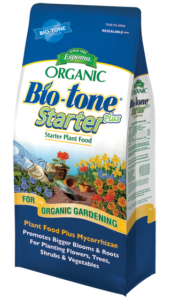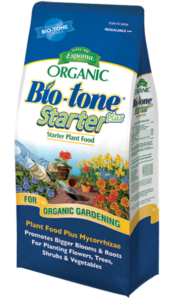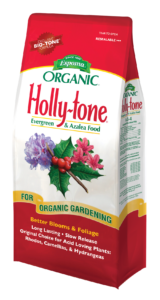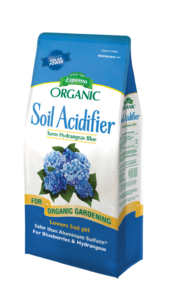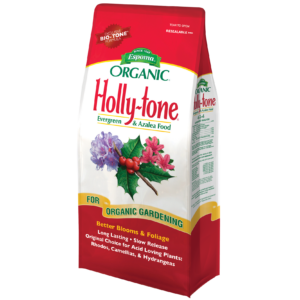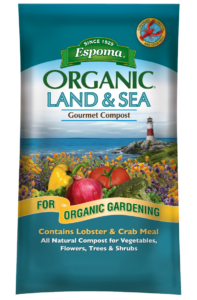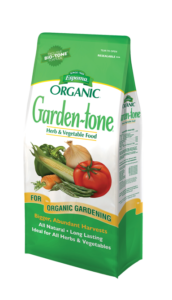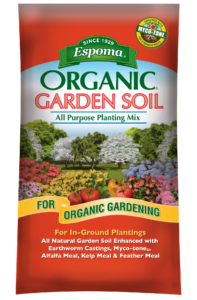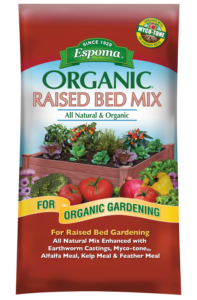VIDEO: Planting Boxwoods & Hydrangeas with Garden Answer
From planning to planting, follow along as Laura from Garden Answer transforms her front flower beds with beautiful Fire Light Hydrangeas and New Gen Boxwoods! With the help of an auger, she navigates tough soil to get everything in place. To promote strong root growth and long-term plant health, Laura uses Espoma Organic Bio-tone Starter Plus and installs a drip irrigation setup to keep these new blooms watered and thriving all season long.
Tips from Laura
1. Use a High-Quality Organic Starter Fertilizer
When planting new shrubs like hydrangeas and boxwoods, apply a starter fertilizer such as Espoma Organic Bio-tone Starter Plus. It reduces transplant shock, encourages strong, healthy root growth, and helps plants establish successfully for long-term thriving. 🌿
2. Take Time to Measure and Space Plants Carefully
Laura measured from consistent points (pillars, driveway edges) to ensure hydrangeas and boxwoods were evenly placed on both sides of the entry. Even small adjustments matter for symmetry and a polished final look. 📏
3. Adapt to Tough Soil Conditions
Hard or compacted soil can make digging difficult. Laura and Aaron used both hand tools and a tractor with an auger to create planting holes, showing the importance of being flexible with the tools and methods you use depending on site conditions. 💪
4. Choose Low-Maintenance Plants for Structure & Beauty
Fire Light Hydrangeas, boxwoods, and arborvitae provide year-round structure, seasonal interest, and require minimal maintenance—no deadheading, no heavy cleanup, and they even look pretty through the winter. 🌸🌲
5. Use Simple Tools for Consistent Spacing
Instead of guessing, Laura cut a branch to use as a measuring stick when spacing boxwoods (around 14–15 inches apart). This simple trick ensured consistency when replicating the layout on both sides. 🌿
6. Install Drip Irrigation for Long-Term Success
Drip lines were set up with rings around each hydrangea and evergreen, ensuring consistent moisture at the roots. This helps plants get established and reduces stress during hot weather. 💧
Learn more about Garden Answer here:
🪴 YouTube
🪴 Website
Featured Product:

